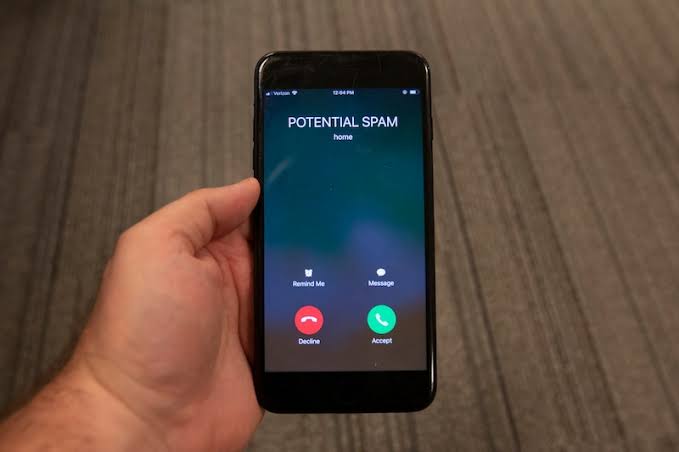Scam calls and spam SMS have become a global problem, costing individuals time, money, and peace of mind. This is why it’s very important to know and understand ways to blocking scam calls and spam SMS.
Whether it’s fraudulent calls pretending to be from banks, or unsolicited promotional texts, learning how to block them is essential for protecting your privacy and security.
This step-by-step guide will walk you through practical methods to block scam calls and spam SMS across different devices and apps.
Step 1: Use Built-in Phone Features
Most smartphones today come with features to silence or block unwanted calls and texts.
- On iPhone: Go to Settings > Phone > Silence Unknown Callers. This sends calls from numbers not in your contacts straight to voicemail.
- On Android: The process varies by brand, but you can go to Settings > Caller ID & Spam > Enable Spam Protection. Some models also allow you to block numbers directly from the call log or messaging app.
Step 2: Enable Carrier-Level Blocking
Many mobile network providers offer free or paid services to block spam calls and messages.
- Examples include AT&T Call Protect, Verizon Call Filter, T-Mobile Scam Shield, MTN’s Call Line Identifier, and Airtel’s Do Not Disturb (DND) service.
- These tools can identify known scam numbers and prevent them from reaching you.
Step 3: Install Trusted Third-Party Apps
Specialized apps can provide more advanced protection. Some of the most reliable include:
- Truecaller
- Hiya
- RoboKiller
- Call Control
These apps maintain massive databases of spam numbers and can automatically block or warn you before you answer.
Step 4: Register for Do Not Disturb (DND) Services
Many countries have regulatory frameworks where you can register your number on a DND or “Do Not Call” list. This helps reduce unsolicited marketing calls and messages.
- In the U.S., you can sign up at donotcall.gov.
- In Nigeria, dial *2442# to activate DND on your line.
- Check with your local regulator or telecom provider for options in your country.
Step 5: Manually Report Scam Numbers
Most carriers and apps allow you to report suspicious numbers. Reporting helps authorities track scam patterns and block them at scale.
- Forward scam texts in the U.S. to 7726 (SPAM).
- In the U.K., forward spam texts to 7726 or report scam calls to Action Fraud.
- In Nigeria, report spam calls and SMS to the NCC via toll-free lines.
Step 6: Stay Alert to Common Scam Tactics
Blocking tools are useful, but awareness is the strongest defense. Watch out for:
- Calls claiming you’ve won a prize but must pay a “processing fee.”
- SMS with suspicious links asking you to confirm bank details.
- Urgent messages claiming to be from government or tax agencies demanding payment.
Never share sensitive information or click on unknown links.
Step 7: Secure Your Device and Data
- Keep your phone’s operating system updated.
- Use antivirus or mobile security apps.
- Enable two-factor authentication (2FA) on banking and email apps.
What to Do If You Already Fell Victim
- Contact your bank immediately to secure your accounts.
- Reset your online banking and email passwords.
- Report the incident to local authorities or consumer protection agencies.
- Consider placing a fraud alert on your credit profile.
FAQs on Blocking Scam Calls and Spam SMS
What happens when I block a number—can they still leave voicemail?
Yes. On most devices, blocked numbers can still leave voicemail messages, but you won’t get notified about them. Some carriers and third-party apps also offer voicemail blocking to prevent this.
Are call-blocking apps safe to use?
Reputable apps like Truecaller, Hiya, and RoboKiller are generally safe. However, always download from official app stores, check reviews, and review the permissions before installation to avoid privacy risks.
Will blocking scam calls and spam SMS help me?
Yes. Blocking scam calls and spam SMS helps reduce unwanted calls and messages from known spammers.
Can scammers fake caller ID numbers?
Yes. This practice is called spoofing, where scammers make it look like they’re calling from a local number or even from trusted organizations. That’s why you should be cautious even if the number looks familiar.





